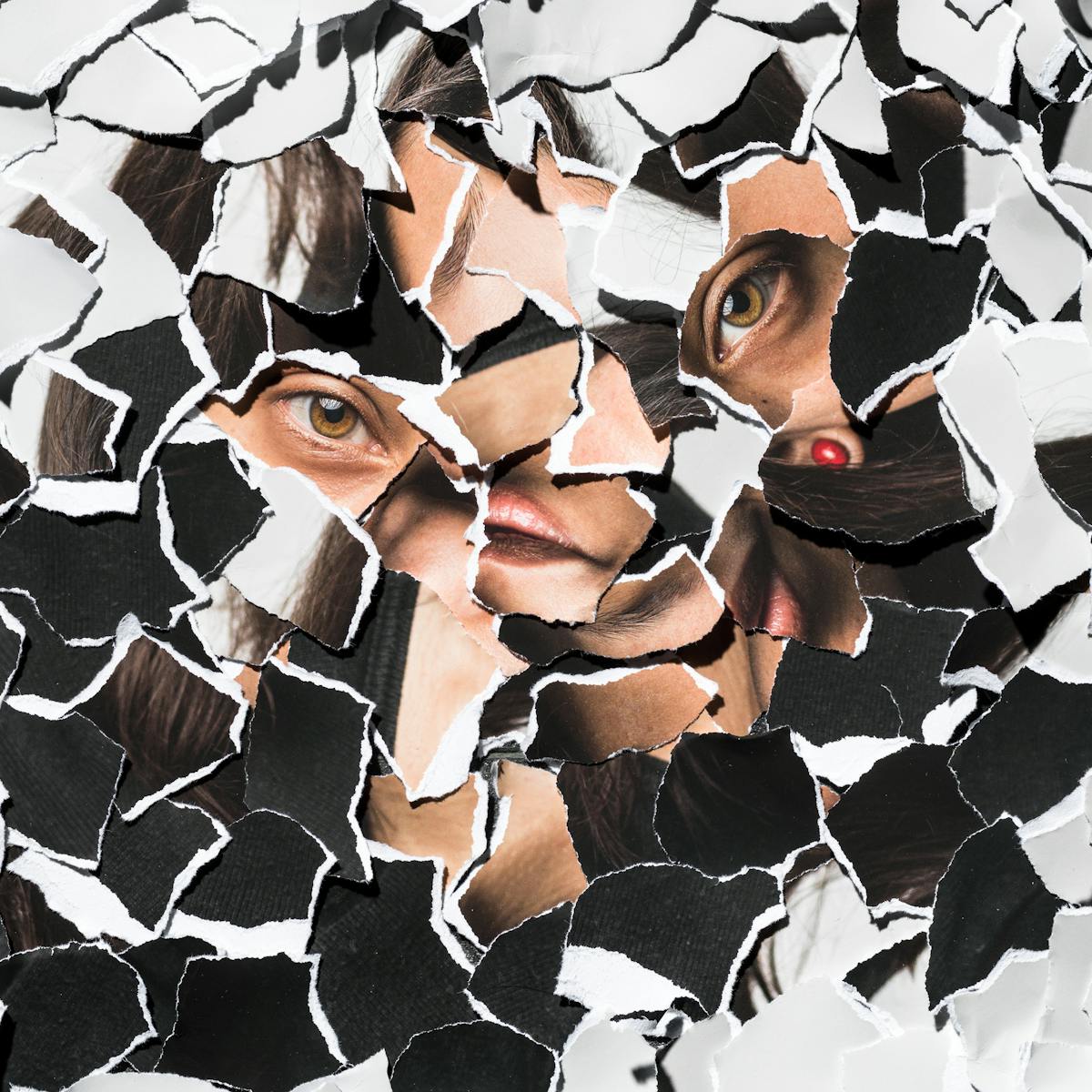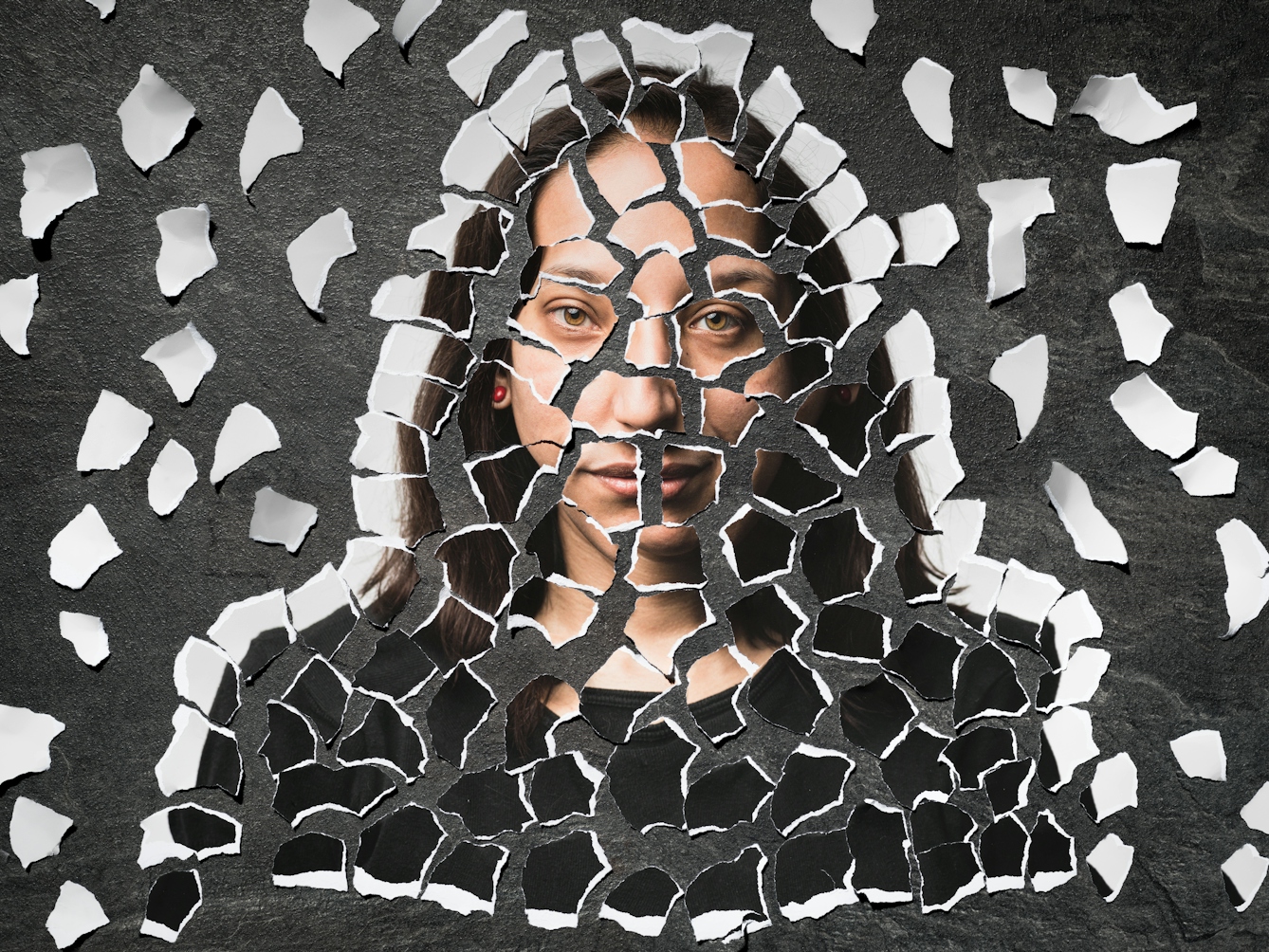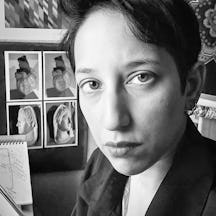The last few years have seen growing encouragement for victims of manipulation, violence and harassment to speak out and turn their backs on self-blame and shame. Here Bidisha writes about how survivors can move towards healing.

In 2009, I was attacked. The effects continue to this day and worsen over time, contradicting the sugary saying that “time heals all”. Time heals only when enough years have passed for us to see that wrongs are eventually righted, disjunctions balanced out, spiritual disturbance replaced by equanimity and violent reaction soothed by a peaceful consensus. That is, time heals when we see that natural justice has taken its course.
When it comes to trauma, however, it is nearly impossible for victims to come to a philosophical acceptance of events because of the scalding injustice of their experience. Trauma transforms their psychology, health, moral understanding, relationships and view of the world. It is through this process that survivors come to understand trauma from the inside out. Through their own research and attempts to heal, many survivors becoming unwitting PTSD experts.
In the last nine years I have been doing outreach with women in prison, men in detention centres and people being assisted by refugee and asylum charities. Most of the women I’ve met through my prison work are survivors of abuse.
I often think of a vulnerable, very charming young woman I met who had been in trouble with the police since she was a child. Her mother’s boyfriend had been abusing her and she swiftly declined from being a trusting and promising young girl to a traumatised truant and petty thief. Nobody had wondered what might be wrong to cause her to act out her horror this way. Instead, she was criminalised and pathologised, ultimately losing everything; her perpetrator got away with it.

The physical effects of trauma
It has become commonplace to describe specific harmful incidents as traumatic, but that is to gloss over the extent and duration of damage done to victims by perpetrators. I am intrigued by the way trauma fuses mental and physical phenomena, so that an external stimulus that reminds the victim of the perpetrator results in powerful physical effects like nausea, faintness and hives.
Victims develop a range of eloquent physical manifestations of what has been done to them, an obvious example being rape survivors who develop chronic problems with urinary tract infections or difficult-to-diagnose genital conditions. It is as though the psychic body is drawing attention to the part that has been harmed.
Nobody had wondered what might be wrong to cause her to act out her horror this way. Instead, she was criminalised.
As Bessel van der Kolk writes in his bestselling book ‘The Body Keeps the Score’, “Even years later traumatised people often have enormous difficulty telling other people what has happened to them. Their bodies re-experience terror, rage and helplessness, as well as the impulse to fight or flee, but these feelings are almost impossible to articulate.”
Trauma leaks out physically even when people deny that they are traumatised. With me, my hair fell out and, usually powerfully athletic, I lost drastic amounts of muscle strength and definition. It was as though I’d been literally knocked down and winded. For others, it takes the form of strange allergies, trapped nerves caused by muscle tension, headaches, peculiar rashes and pain that migrate around the body, creating a constant low-level buzz of discomfort and chronic difficulty.
When I asked a group of workshop participants – all of whom had fled war zones and some of whom had survived torture, gang rape and forced conscription – if they were traumatised, they said no. However, all had low-level chronic health problems, stiffness, and joint and muscle ailments.

Mourning our former selves
Of course, everyone’s specific reactions, context and experience are different. For almost everyone, however, life takes on a ‘before and after’ quality, with victims feeling that the traumatising catalyst has changed them fundamentally in some way. “I am not the same person I was,” one woman who had been coercively abused told me. “I used to be such a free spirit,” said another who had been the victim of physical domestic abuse.
The victims mourn for the trusting, clear-eyed person they used to be, and there is a strange exchange of punishment from perpetrator to victim, with the victim feeling that they are in a dark prison of consequences, persecution and terror while their perpetrator is free to harm others. The work of Judith Herman (author of the classic ‘Trauma and Recovery’), Andrea Dworkin, Jennifer Freyd, Babette Rothschild, Peter Levine and Pat Ogden are essential in understanding the subtle, holistic effects of trauma on mental and physical health.
I am wary of saying, glibly, that if society acted with belief for victims and was concerted in its efforts to bring to account and punish perpetrators, there would be no trauma. Worldly justice and public vindication are not the same as psychological recovery and the restoration of victims’ good faith in the world, their sense of safety and trust of others, nor does it protect them from being targeted again.
What is indubitable is that recovery is multidimensional, just as damage is. Survivors often go on to work with other victims, using their deepened understanding of suffering to ‘sit with’ the pain of others and hopefully to help them. This ‘sitting with’ doesn’t always work, but it’s a start.
In a charity for women prisoners I have witnessed rape survivors – in particular a woman whose younger son was the product of rape by her husband, and who asked her, “You never wanted to have me, did you?” – squirming, shuffling their feet and ultimately leaving the room when certain triggering issues come up. I have done the same myself.
Over time, however, it becomes possible to talk about certain issues without wanting to flee. A great deal of good has come from this work, not least the externalisation of inner pain, the collective sublimation of distress and the feeling of being a part of the fightback.

Telling our stories
Both mind and body, internal and external factors must be included in our own personal journey towards healing and survival. Victims must reintegrate the parts of themselves that have been torn apart and dissociated from each other: their words, thoughts, feelings and physical actions.
This is why things like daily exercise, dance and yoga – dismissed as nebulous New Age solutions until recently – are being embraced by those who work in this field. I’ve even seen powerful therapeutic effects happening among participants in amateur choirs in mental health charities.
These activities don’t just create good chemicals that temper depressive symptoms, they also re-root us in our bodies and among other people. Victims must get to a place where we are comfortable in our life story, comfortable in our skin, comfortable in the world. Writing and telling our story is part of that: a verbalisation, an externalisation, a contextualisation, a reintegration of our fractured selves and an expression of our sometimes incoherently huge pain.
Speaking out is a strike against the shaming and silencing that surrounds victims. When we stay silent, we protect our perpetrators and enable them to line up their next victims. If there’s one pledge trauma survivors can make, it’s to promise ourselves that we won’t be complicit in any further harm.
About the contributors
Bidisha
Bidisha is a British broadcaster, film-maker and journalist specialising in international affairs, social justice issues, arts and culture, and international human rights.
Benjamin Gilbert
Ben is a senior photographer for Wellcome. He is happiest when telling stories with his photographs, whether that be the health implications of rural-to-urban migration in India, or the dedication of the workers who power the NHS.

